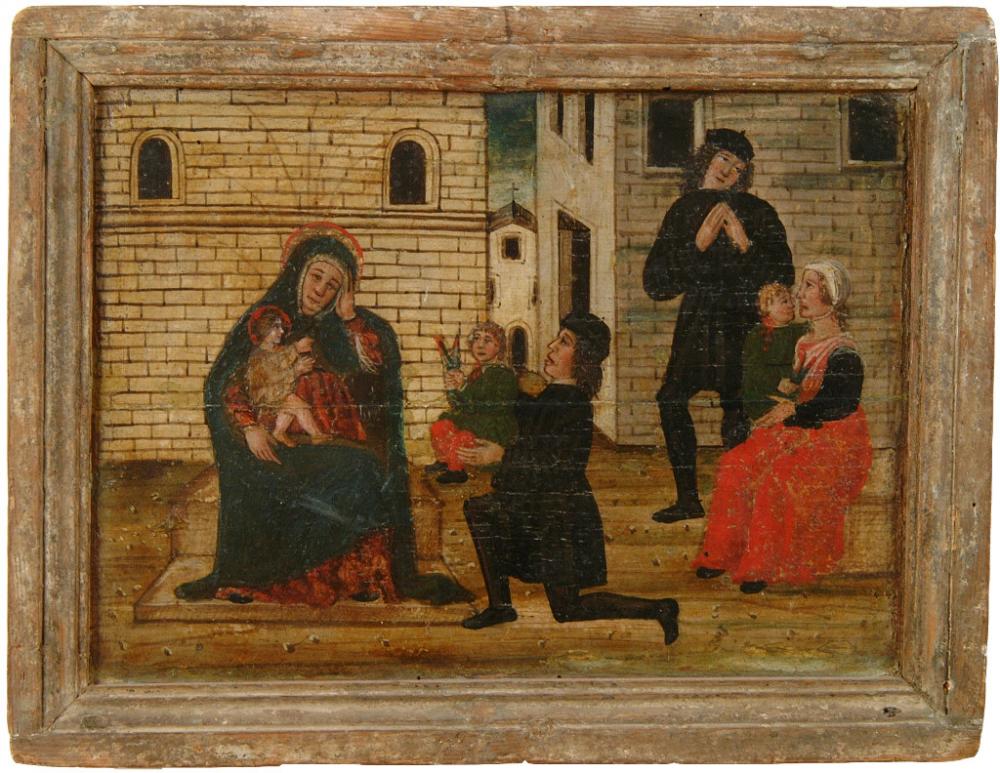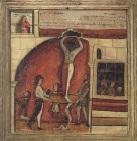The Culture of the Miraculous in Renaissance Italy

In Renaissance Italy, miracles were part of everyday life. The entire peninsula was peppered with shrines, at which images of the Virgin Mary or local saints were renowned for their miracle-working properties. The faithful came from near and far in order to leave votive offerings (painted wooden boards, wax anatomical models, crutches, clothes, grain, candles) in gratitude for cures and other miracles effected. Ex-voto images testify to the full range of ‘graces’ received – from a child saved from a nasty incident involving a large pair of scissors to a prisoner escaped from gaol. In turn, they provide exceptional glimpses into the lives of families and communities. The rise of print offered a new medium in which these miracles could be narrated, recorded and celebrated. The first collection of Marian miracles was published in Vicenza in 1475, and compilations of miracle stories and saints’ lives (which detailed miracles) were consistent best-sellers through the sixteenth century and beyond. Again, these narratives give us a unique vantage-point from which to view the experiences and preoccupations of Renaissance Italians. We learn, for example, of the woman falsely accused by her husband of adultery, whose reputation is saved when her one-month-old infant pipes up: ‘Father, please don’t make those accusations, for I am your child’. Or of the little boy who is rescued from the horrible fate of drowning in excrement when the Virgin Mary intervenes to secure his safe removal from the latrine into which he has fallen. Meanwhile, we join merchants on their business trips and follow bandits into the lawless countryside. And we hear about the Jews and the Muslims who so often appear as the scapegoats in these providential tales.

This special subject presents an unfamiliar yet highly revealing aspect of Renaissance Italy via a rich array of texts (in translation) and images. The course will appeal to those who enjoy crossing disciplinary boundaries. Our study of paintings, objects, and buildings will involve a rigorous training in the interpretation of visual culture. The textual sources will call for sophisticated close reading and an engagement with the history of the book. Our interpretations of the varied evidence will be rooted in the social history of Renaissance Italy.The course structure interweaves local case-studies with related themes. In each class, we shall consider a text or a body of material evidence from a particular shrine. Classes will be interactive from week one, and students will be asked to prepare presentations. The sources will be heavily weighted towards the visual and the material, including ex-votos, altarpieces, narrative art, and buildings. All texts will be provided in translation. For a taste of some of the sources that are central to this paper, watch the short video here
